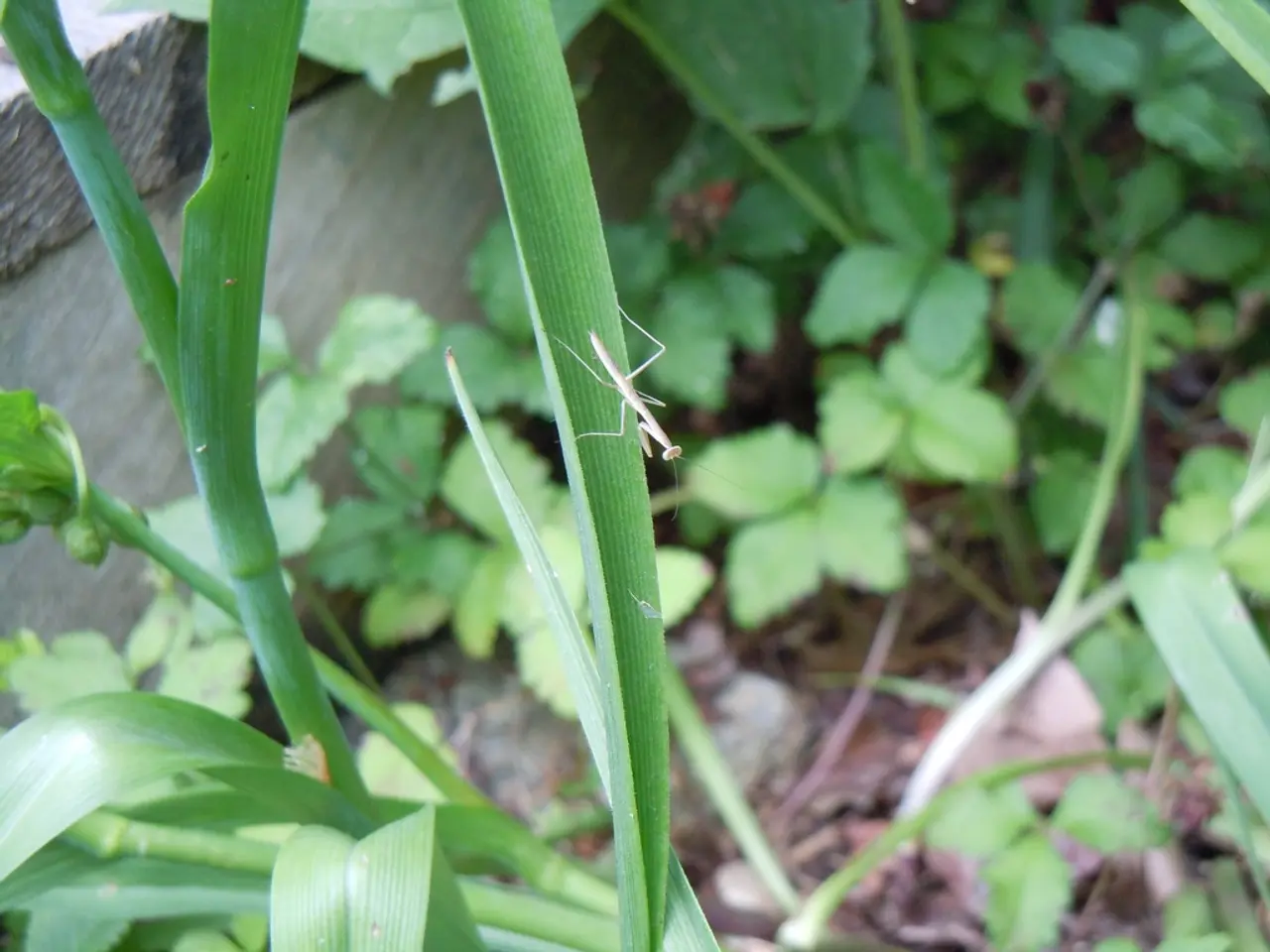Do Plants Possess Emotions?
In the world of botany, plants have long been perceived as stationary organisms, rooted to the ground, oblivious to the changes around them. However, recent scientific research has unveiled a fascinating aspect of plant biology, revealing that plants are far more complex and interactive than previously thought.
Plants, it appears, have the ability to communicate with each other and transmit signals through a process of "nanomechanical oscillations." This isn't quite like the way animals communicate, but it's a form of interaction nonetheless. For instance, under stress, plants produce ultrasonic distress sounds—high-frequency vibrations beyond human hearing—that some insects, such as female moths, can detect and respond to by avoiding stressed plants to lay their eggs on healthier ones. This auditory interaction, while not akin to the way animals perceive sound, indicates that plants indirectly influence animal behavior through sound, although they themselves do not "hear" in the animal sense.
Plants also have a keen sense of their environment, responding to chemical cues such as volatile organic compounds emitted by other plants or insects. This chemical communication and perception, while not through "smell" like animals, occurs through specialized receptors that react to specific compounds.
Moreover, plants can detect volatile chemicals in the air and modify their internal chemistry in response to airborne messages. This intricate system allows them to sense their nearby surroundings and react to wind, sunlight, rain, gravity, and insects.
The soil and air are two routes through which plants share chemical signals. These signals can improve seedling survival and help long-lived plants produce new flowers and branches. Plants can even transmit anti-insect defenses to other plants through airborne messages.
In addition to these fascinating findings, plants have a unique ability to interpret signals without having olfactory nerves. For example, an observation on Evening Primroses suggests that they can hear the sound waves of passing bee wings, although this ability is not akin to the way animals hear.
Furthermore, plants undergo the photoperiodism process, a physiological reaction to changes in the length of light and darkness. This process allows plants to decide when to grow or to flower, with the florigen being a flowering signal that responds to the amount of light a plant gets.
Interestingly, plants' growth can be influenced by different colours, and Daffodils, when planted in autumn, start blooming in late winter or early spring, showing growth as the season changes.
In summary, plants have complex mechanisms to perceive and respond to environmental chemical signals but do not "hear" or "smell" in the same way animals do; however, they can communicate acoustically via ultrasonic emissions that animals can detect. This new understanding of plant communication adds a fascinating layer to our understanding of the natural world and contributes to their evolutionary success.
- In the nursery, it's essential to consider the soil type as plants can sense their surroundings and often react to its quality.
- The garden is no longer a silent green space, as plants have been found to communicate with each other through nanomechanical oscillations, even producing ultrasonic distress sounds under stress.
- Embracing the health-and-wellness benefits of gardening, one can help long-lived plants thrive by understanding how they share chemical signals through the air, aiding seedling survival and flower production.
- As science delves deeper into uncovering the secrets of plant biology, intriguing discoveries such as plants' ability to sense the sound waves of passing bee wings emerge, painting a more dynamic picture of these seemingly stationary organisms.




